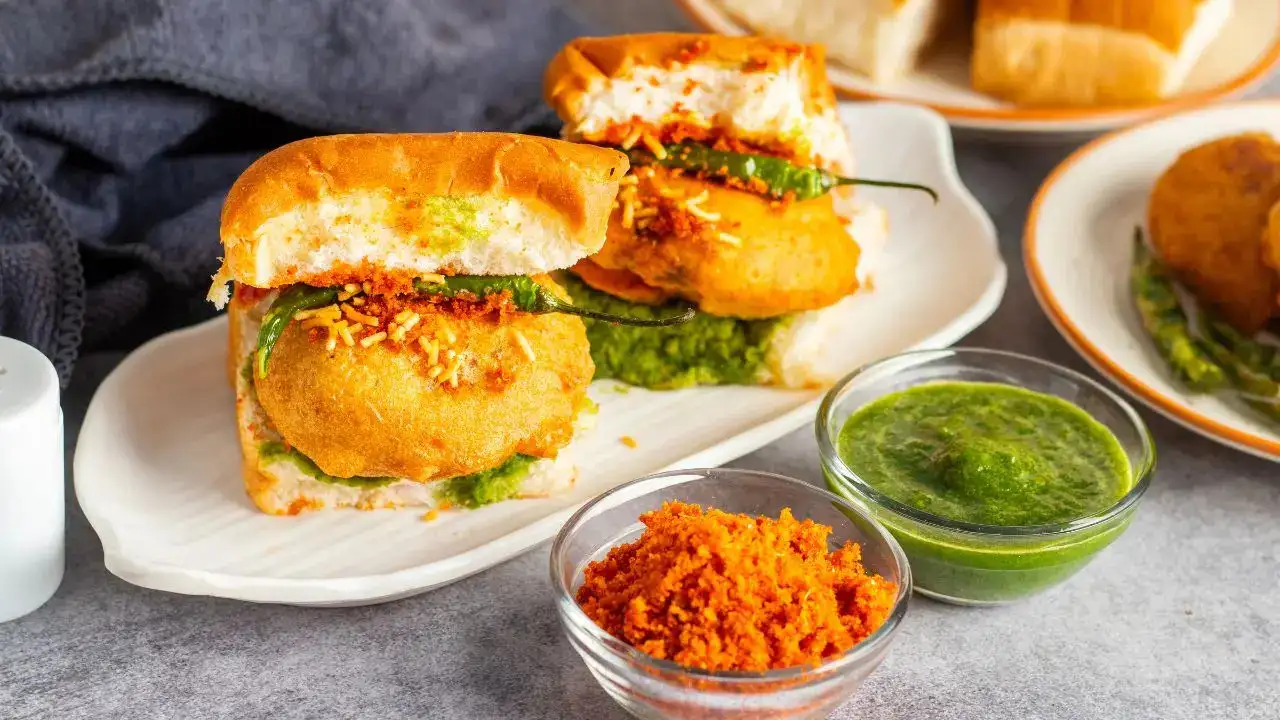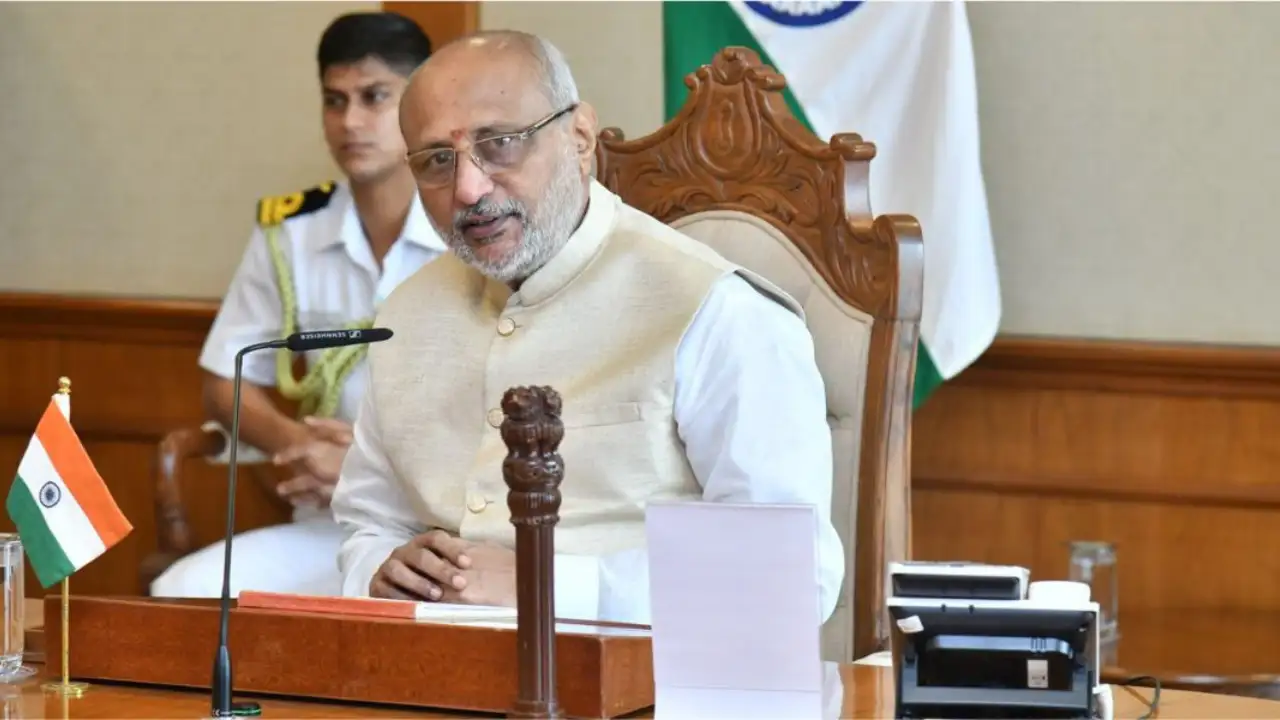The Complete History Of Vada Pav: How Mumbai’s Humble Street Snack Became India’s Most Beloved ‘Indian Burger’
By Tn Lifestyle Desk
Copyright timesnownews

If one snack captures the heart of Mumbai, it’s Vada Pav. Forget five-star menus or clever plating – this is food with its sleeves rolled up. Called the “Indian burger”, Vada Pav is far more than a quick bite. It’s a ritual for commuters, a nostalgic treat for students, and a discovery for tourists. For decades, people from every walk of life have queued at kiosks and pushcarts, biting into a soft pav stuffed with a spicy potato fritter, its fiery chutneys and fried green chilli daring you to take another mouthful. What makes it irresistible? It’s cheap, filling and bold – perfect fuel for a city that never slows down. Behind those humble ingredients lies a story of invention, culture and resilience. Vada Pav isn’t just a snack; it’s a living piece of Mumbai’s history. Born in the Heart of Mumbai The roots of Vada Pav go back to the 1960s, when Mumbai’s textile mills were booming and railway stations teemed with workers and travellers. Amid this rush, street vendors looked for quick, affordable meals you could eat on the move. Ashok Vaidya, a vendor near Dadar station, famously slipped a spiced potato vada – a Maharashtrian favourite – into a pav and served it with chutney and a green chilli. He had created Mumbai’s answer to the burger. Whether Vaidya was first or whether Sudhakar Mhatre and the Vaze family in Kalyan were serving it at the same time, one thing is clear: the dish spread like wildfire. For a few paisa, mill workers could eat a hot snack that needed no cutlery and no sitting down. Fun Fact: “Pav” comes from the Portuguese word “pão”, meaning bread. The Portuguese introduced bread-making to western India in the 16th century, laying the groundwork for what would become Vada Pav. A Snack Turned Symbol By the 1970s Vada Pav had moved beyond being a quick lunch. As textile mills closed and workers’ lives changed, it remained a cheap, dependable meal. Even political parties embraced it. Balasaheb Thackeray of Shiv Sena encouraged Marathi youth to open food stalls, and the party held “Vada Pav Sammelans” to rally supporters. The snack came to stand for Mumbai’s spirit: inexpensive yet bold, modest yet full of flavour. For many Mumbaikars, a first bite recalls student days, train commutes or late-night street food runs. It is both a leveller and a comforter. Fun Fact: Mumbai now has more than 20,000 stalls selling Vada Pav. From college campuses to corporate hubs, you’re never far from one. Why the Nation Loves It Mumbai may be its birthplace, but Vada Pav has travelled far. In Pune, Bangalore, Delhi and beyond, you’ll find regional twists – extra-spicy chutneys, cheese-filled vadas, or gourmet versions at trendy cafés. Yet the basic formula stays the same: a spiced potato fritter dipped in gram-flour batter, deep-fried to a crisp and tucked into a soft pav. It’s vegetarian, inexpensive, quick and loaded with bold flavours – a snack built for busy lives. Fun Fact: 23 August is celebrated as World Vada Pav Day, a global nod to Mumbai’s iconic snack. The Language of the Snack In Marathi, “batata” means potato, “vada” is a fried savoury snack and “pav” (or “pao”) is the bread roll. Put it together and you get “batata vada pav” – literally “potato fritter bread roll”. That plain description hides a riot of taste: turmeric and asafoetida in the filling, a crunchy chickpea batter shell and tangy chutneys to round it off. From Street Corner to Franchise What started at humble pushcarts now appears in chains like Jumbo King and Goli Vada Pav, which have standardised the snack for modern, urban customers. Even so, many Mumbaikars insist nothing beats the charm of a roadside stall – standing under a tarpaulin roof during monsoon, biting into a hot, spicy Vada Pav as rain drums on the pavement. How It’s Made Boiled potatoes are mashed with green chillies, garlic, mustard seeds and spices, then rolled into balls, dipped in gram-flour batter and fried golden. These are tucked into sliced pavs slathered with chutneys and served with a fried green chilli. Crunch, softness, tang, spice – all in one bite. More Than a Snack Vada Pav isn’t fancy and it doesn’t try to impress. But like the city it comes from, it’s bold, resilient and welcoming. From mill workers in the 1960s to millennials today, it has fed generations of Mumbaikars and won fans across India. Every bite is a small history lesson; every stall a reminder that the simplest ideas often leave the strongest mark.



